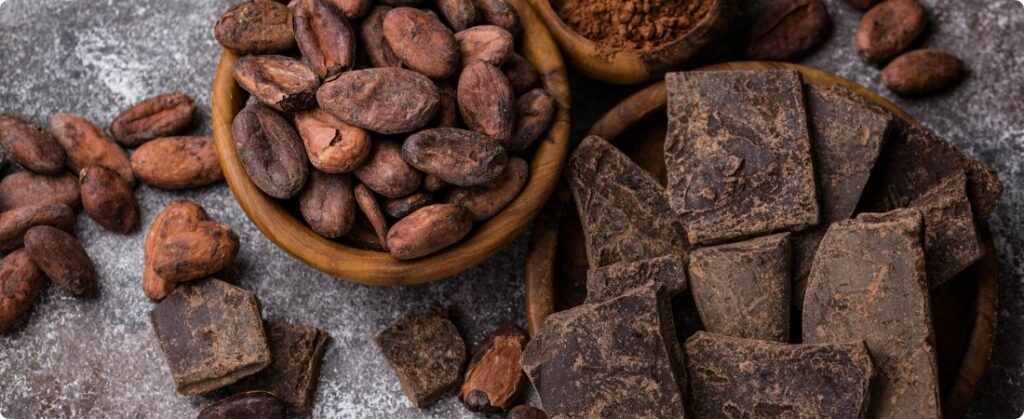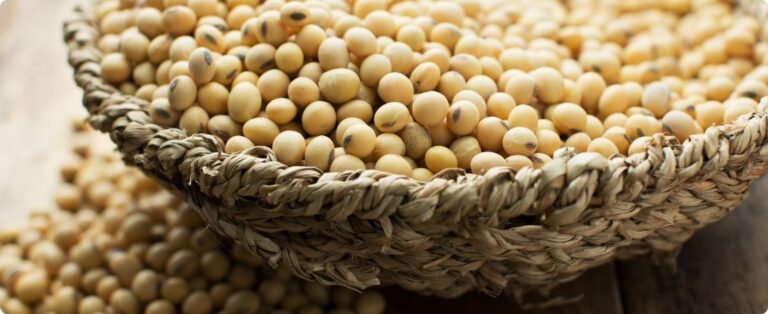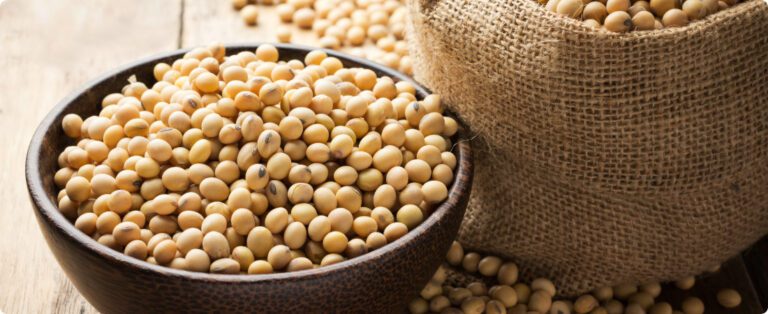
Ivory Coast will reduce the amount of cocoa that sells on international markets from next harvest, according to two regulatory sources, as the world's largest producer of the main ingredient in chocolate faces a second year of declining output.
They said the regulator will lower the contractual sales cap to 1.3 million metric tons for the 2025/26 cocoa season from the usual 1.7 million tons, following two weaker harvests caused by climate change, aging plantations and the spread of plant diseases.
Three sources at the Ivory Coast Coffee and Cocoa Council (CCC) said two consecutive declines in production suggested it was not just a cyclical slump but a structural trend.
Falling production and containment measures
Approximately 70% to 80% of the country’s main agricultural production is sold in advance on world markets. These sales are known as “contracted sales”. During the 2022/2023 season, this volume totaled approximately 1.7 million tons. In the same period, Côte d’Ivoire produced 2.3 million tons of cocoa.
But that production fell to around 1.75 million tonnes the following season and is estimated at a similar level for the 2024/2025 season, which ends this month.
An analysis of data from the past two seasons has raised concerns that Ivory Coast may not return to its average production level of 1.3 million tonnes of cocoa during the main October-March harvest for several years, they said.
On average, the main harvest yields 1.7 million tons of cocoa and the intermediate harvest, around half a million.
A CCC official said capping contracted sales at 1.3 million tonnes was more realistic for the next main crop of 2025/26.
“We don’t want to take any risks. That’s why we decided to limit ourselves to 1.3 million tonnes of export contract sales,” one of the CCC sources said.
Diseases, climate and structural challenges
In addition, cocoa farmers, pod counters and exporters have reported the presence of swollen shoot disease, which they say is spreading rapidly across all 13 cocoa-growing regions of Ivory Coast.
According to estimates, the viral disease, for which there is no treatment, has already affected about half of the country's cocoa fields.
In the long term, rejuvenating plantations with new seeds could help stem the spread of the disease. That’s because aging orchards are more susceptible to both disease and climate change. They currently account for about 70% of Ivory Coast’s total, according to industry sources.
Furthermore, irregular rainfall and droughts also significantly impacted cocoa production.
In this context, the weather between April and June will be decisive for the next main harvest. Two CCC sources said their pod counting teams were reporting similar conditions to those seen in 2023 and 2024.
Finally, “weather conditions are currently difficult for this season’s mid-season crop,” said one capsule counter.
Source: Ange Aboa, Sofia Christensen and Tomasz Janowski | Notícias Agrícolas















